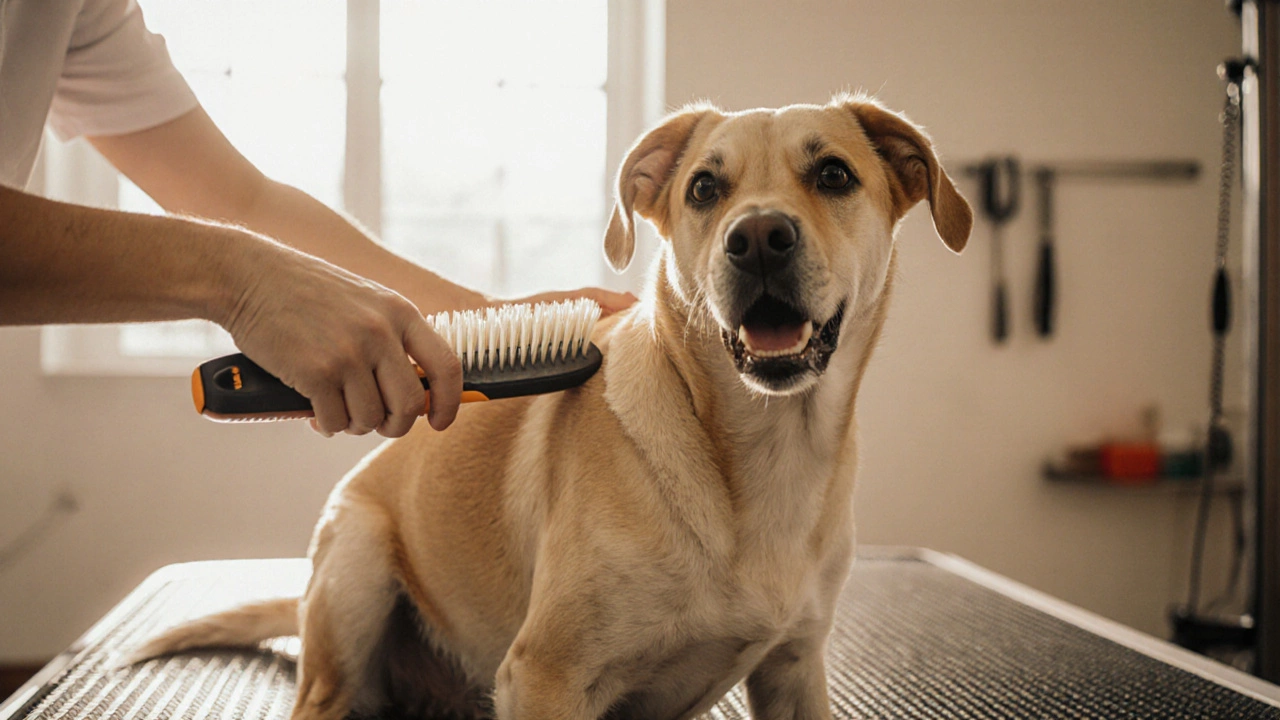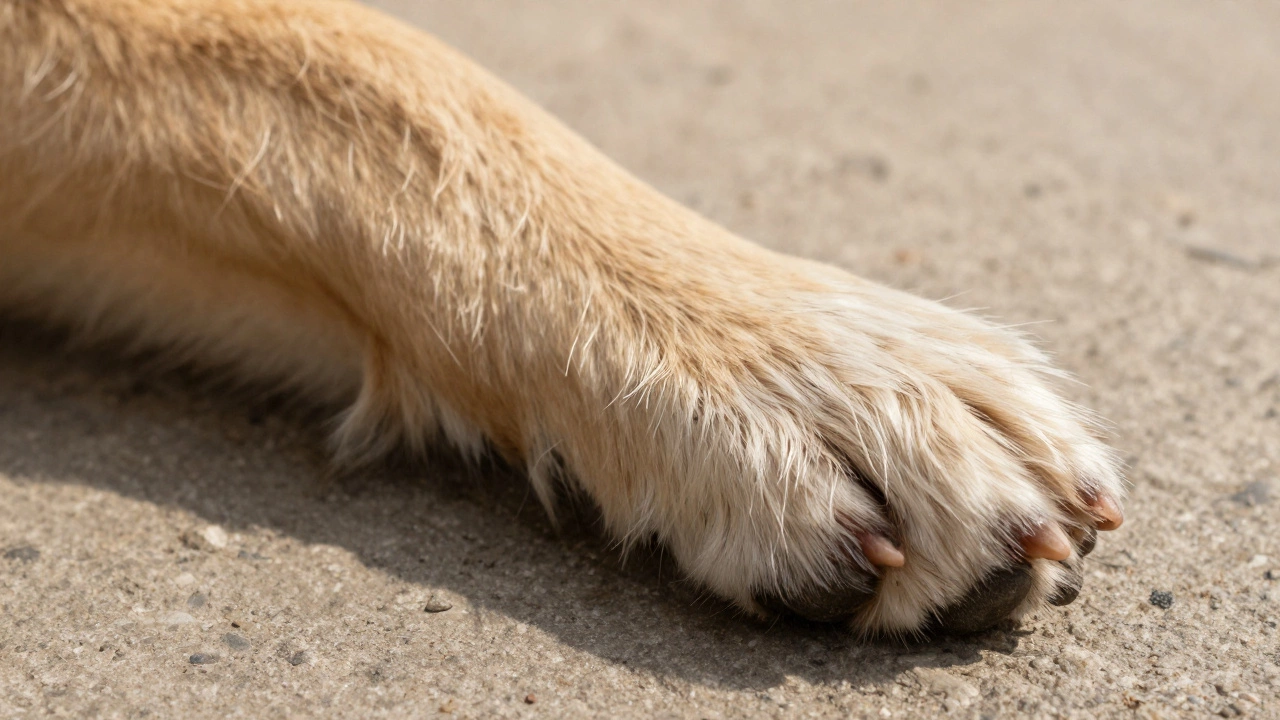Understanding Pet Stress: Causes, Signs, and Relief
When dealing with pet stress, the emotional and physical tension pets feel when faced with loud noises, new environments, or separation. Also known as animal anxiety, it can show up as barking, pacing, trembling, loss of appetite, or excessive grooming. Pet stress isn’t just a mood swing; it’s a signal that something in the pet’s world needs attention. Recognizing the early signs lets you act before the tension turns into chronic issues.
Key Players: Dog Anxiety, Cat Stress, and Their Triggers
One of the biggest subsets of dog anxiety, a form of pet stress that manifests in dogs through vocalization, destructive chewing, or bathroom accidents appears when a routine changes or a thunderstorm rolls in. Cats aren’t immune—cat stress, the heightened nervousness cats display as hiding, over‑grooming, or sudden aggression often spikes during moves, new pets, or unfamiliar visitors. Both species share a common need: a safe, predictable environment. Knowing that pet stress encompasses dog anxiety and cat stress helps you tailor interventions—what calms a nervous pup might differ from what soothes a jittery kitten.
Effective tools for managing these reactions fall into two buckets: calming aids and environment enrichment. calming aids, vet‑approved supplements, pheromone diffusers, or soothing music designed to lower a pet’s heart rate work by targeting the nervous system directly. Meanwhile, environment enrichment, interactive toys, puzzle feeders, and regular exercise that keep the mind occupied reduces the boredom‑driven component of stress. In practice, a blend of both—like using a lavender‑scented diffuser while providing a chew‑toy during a fireworks show—creates a layered defense against stress spikes.
Pet owners often wonder how to choose the right approach. Start by observing the specific triggers for your dog or cat, then match a calming aid that fits the situation. For short‑term scares (vet visits, storms), a quick‑acting pheromone spray or a low‑dose supplement may be enough. For long‑term stressors (loneliness, lack of stimulation), invest in environment enrichment: rotate toys weekly, schedule multiple short walks, or set up a high perch for a cat to observe the room safely. The synergy between these methods is why many experts say pet stress management requires both immediate relief and ongoing mental enrichment.
Below you’ll find a curated collection of articles that dive deeper into each of these topics. From how ambient TV can calm a nervous dog, to the best calming aids for flights, and low‑stress grooming alternatives for cats, the posts give you step‑by‑step guidance you can start using today. Explore the range, pick the tips that match your pet’s personality, and watch the tension melt away.
Do Dogs Cry During Grooming? Understanding the Signs
Learn why dogs may whine or yelp during grooming, how to read their stress signals, and steps to keep grooming calm and safe.






